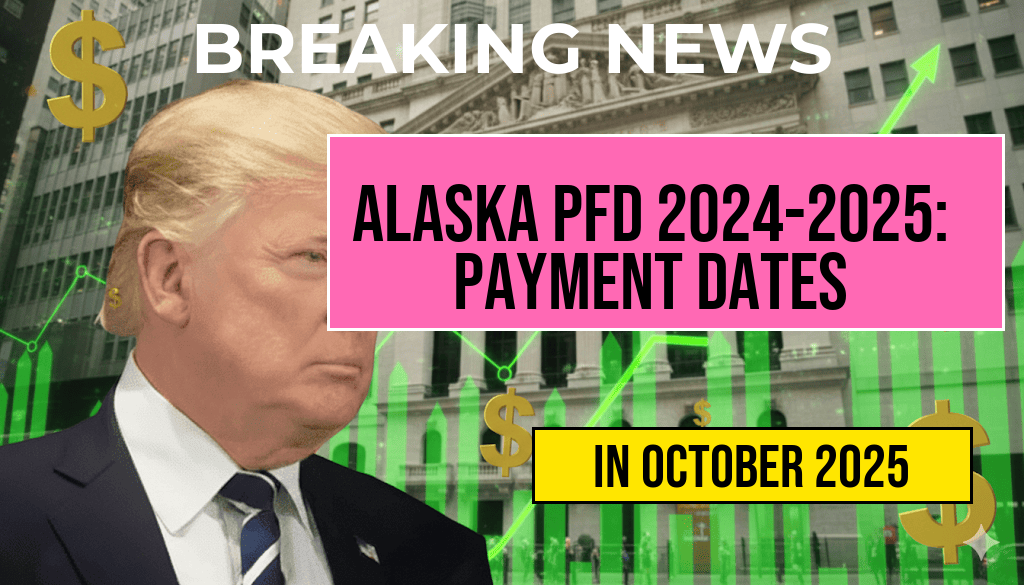Former President Donald Trump has recently proposed a controversial shift in retirement investment strategies by advocating for the inclusion of high-risk cryptocurrencies within new 401(k) retirement plans. His proposal aims to provide investors with broader avenues for growth but has sparked significant debate among financial experts, policymakers, and consumer advocates. Trump’s stance emphasizes the potential for substantial returns through digital assets, but critics warn about the increased exposure to market volatility and fraud. The move marks a notable departure from traditional conservative investment options typically associated with retirement planning, raising questions about consumer protection and regulatory oversight amid a rapidly evolving crypto landscape. As legislative discussions unfold, stakeholders are weighing whether such policy changes could fundamentally reshape the future of retirement savings in the United States.
Background on 401(k) Investment Regulations
The 401(k) plan, a cornerstone of American retirement savings, is governed by strict regulations designed to safeguard investors’ long-term interests. Currently, these plans predominantly feature stocks, bonds, mutual funds, and other relatively stable assets. The inclusion of cryptocurrencies has been limited due to concerns about their volatility, lack of regulation, and potential for misuse. Industry experts note that regulatory frameworks are carefully crafted to balance growth opportunities with investor protections, but the rapid ascent of digital assets challenges this equilibrium.
Trump’s Proposal and Its Rationale
During a recent policy speech, Trump emphasized the importance of diversifying retirement portfolios to include emerging investment classes such as cryptocurrencies. He argued that digital assets offer an innovative avenue for wealth accumulation, especially in a low-interest-rate environment where traditional investments yield limited returns. His proposal suggests that employers and plan administrators should be given the discretion to offer cryptocurrencies as part of their 401(k) options, provided they meet certain risk criteria.
Key Aspects of the Proposal
- Risk tiering: High-risk assets like cryptocurrencies would be designated for investors willing to accept potential losses.
- Educational initiatives: Plan participants would receive guidance on the unique risks associated with digital assets.
- Regulatory oversight: The proposal calls for enhanced oversight by the Securities and Exchange Commission (SEC) and the Department of Labor (DOL) to prevent fraud and protect investors.
Expert Reactions and Industry Perspectives
The proposal has elicited mixed reactions from financial professionals. Advocates argue that allowing cryptocurrency exposure could unlock new growth prospects and democratize access to digital assets for everyday Americans. “Incorporating high-risk investments like cryptocurrencies into retirement plans might be risky but could also be transformative if properly managed,” says Dr. Lisa Chen, a financial analyst.
Conversely, critics warn that such a move could expose retirees to significant financial losses. “The volatility of cryptocurrencies makes them unsuitable for the primary purpose of retirement savings—security and stability,” states Mark Evans, a certified financial planner. Consumer advocacy groups have also voiced concerns about potential fraud and the lack of comprehensive regulations governing digital assets in retirement contexts.
Regulatory and Legal Considerations
The integration of cryptocurrencies into 401(k) plans would require substantial regulatory adjustments. Currently, the SEC and the DOL closely supervise investment options to prevent misrepresentation and fraud. Policymakers would need to develop clear guidelines to address issues such as custody, valuation, and transparency of digital assets within retirement accounts.
| Aspect | Considerations |
|---|---|
| Custody | Secure storage solutions for digital assets to prevent theft or loss |
| Valuation | Reliable methods to determine cryptocurrency market value within plans |
| Transparency | Clear disclosure requirements for plan participants regarding risks and costs |
| Fraud Prevention | Enhanced oversight to detect and prevent scams targeting retirement funds |
Potential Impact on Retirement Savings Landscape
If enacted, the proposal could mark a significant shift in how Americans approach retirement planning. By enabling high-risk assets like cryptocurrencies in 401(k)s, individuals might access higher return opportunities, but with increased exposure to market swings. This could lead to a more diversified, albeit riskier, investment environment, prompting a reevaluation of risk management strategies among both investors and plan providers.
Financial institutions and employers will need to weigh the benefits of offering such options against the potential for increased volatility and regulatory complexities. For some, this represents an innovative step toward modernization; for others, a perilous gamble with retirees’ futures.
Looking Ahead
As the debate continues, legislative proposals and industry initiatives are expected to unfold over the coming months. Policymakers are likely to scrutinize the proposal’s implications carefully, balancing innovation with consumer protections. For now, investors should remain cautious and rely on diversified, well-regulated investment options for their retirement funds.
For additional insights into the regulation of cryptocurrencies and retirement plans, consult resources such as Wikipedia’s overview of retirement savings and Forbes’ coverage on crypto in retirement plans.
Frequently Asked Questions
What is the main proposal regarding high-risk cryptocurrency investments in 401(k) retirement plans?
President Trump advocates for allowing high-risk cryptocurrency investments to be included in 401(k) plans, giving investors the option to allocate a portion of their retirement savings to these assets.
Why does Trump support including cryptocurrencies in retirement plans?
Trump believes that allowing cryptocurrency investments in 401(k) plans could provide higher returns and diversify retirement portfolios, potentially benefiting investors seeking growth opportunities.
What are the potential risks associated with high-risk cryptocurrency investments in 401(k) plans?
Investing in cryptocurrencies involves significant volatility and risk of loss. Allowing such investments in retirement plans could expose savers to higher financial risks and market fluctuations.
How might this proposal impact retirement savings and investment strategies?
If adopted, this proposal could lead to more diversified and aggressive investment options within 401(k) plans, encouraging investors to consider cryptocurrencies as part of their retirement strategy.
What regulations or safeguards are being discussed to protect investors with cryptocurrency investments?
Details on regulations and safeguards are still emerging, but discussions include ensuring transparency, fraud prevention, and risk disclosures to protect investors participating in cryptocurrency investments within 401(k) plans.







